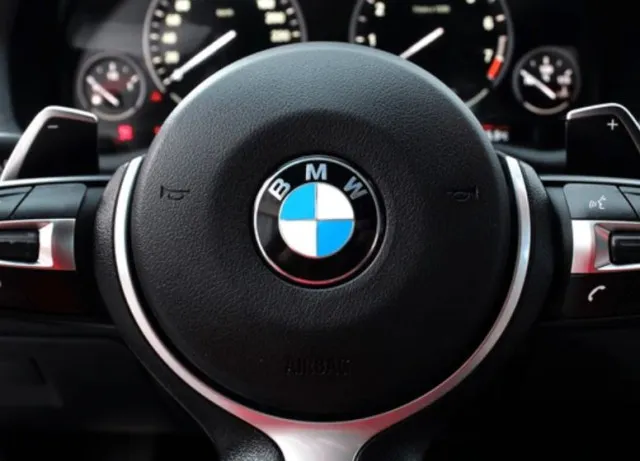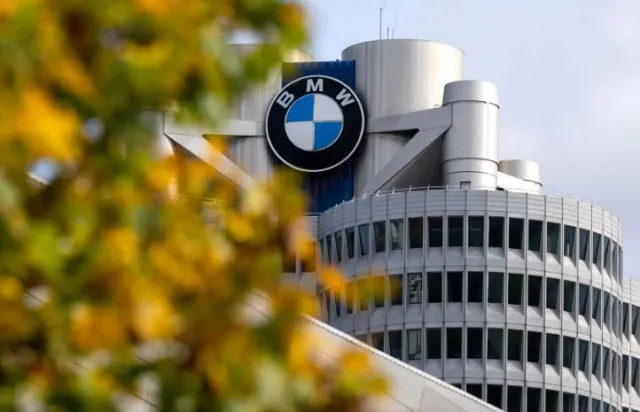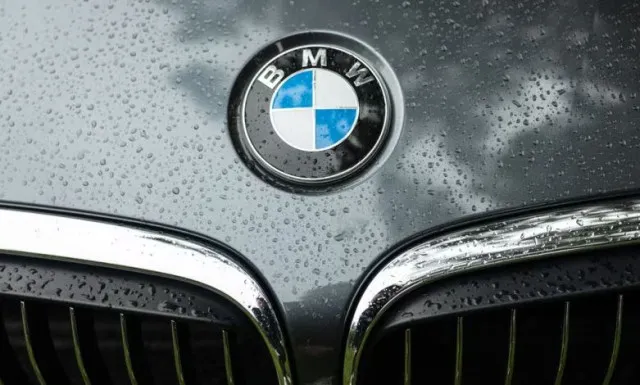BMW is a name synonymous with luxury, performance, and engineering excellence. It’s one of the most recognized automotive brands in the world, with a rich history that spans over a century. But for all its fame and global recognition, many people don’t actually know what BMW stands for. The answer? It’s more than just a logo on a sleek, high-end vehicle.
The Meaning of BMW: What Does It Stand For?

At its core, BMW stands for “Bayerische Motoren Werke,” which translates from German to “Bavarian Motor Works.” As the name suggests, the company has deep roots in Bavaria, a region in southern Germany, with its headquarters based in Munich.
But the company wasn’t always known as BMW. In fact, it began its journey under a completely different name: Bayerische Flugzeugwerke AG, which translates to “Bavarian Aircraft Works.” This reflected its early focus on building aircraft engines during the early 20th century.
The transition from aircraft engines to cars came later, but BMW never lost sight of the high-performance engineering that characterized its early products. Even today, that legacy of precision craftsmanship and power can be felt in every car the company produces.
The Iconic BMW Logo: Propeller or Bavarian Flag?
One of the most recognizable symbols in the world of automobiles is the BMW logo. The circular emblem, divided into blue and white quadrants, has long been associated with the idea of a spinning propeller, referencing BMW’s roots in aviation. In fact, a 1929 advertisement from BMW itself helped propagate this belief, using the propeller image in a marketing campaign.
But as intriguing as this story is, it’s not entirely accurate.
The truth behind the logo is more closely tied to the company’s Bavarian origins. The blue and white colors in the logo are actually derived from the Bavarian flag, which features a similar blue and white diamond pattern. At the time the logo was created, laws prohibited companies from using state symbols for commercial purposes. To get around this, BMW incorporated the colors of Bavaria without directly replicating the flag.
This clever design continues to serve as a subtle nod to the company’s heritage while adorning every vehicle that rolls off its assembly line. So, while the propeller story might have some historical appeal, the logo’s true meaning is firmly grounded in Bavarian pride.
From Aircraft Engines to Automobiles: A Shift in Focus

BMW’s origins as an aircraft engine manufacturer have played a significant role in shaping the brand’s identity. During World War I, the company supplied high-performance engines for military aircraft. But after the war, the Treaty of Versailles severely restricted Germany’s ability to produce military equipment, forcing BMW to pivot to other industries.
For a time, BMW dabbled in the production of motorcycles and even kitchen equipment. But it wasn’t until the company fully committed to automotive manufacturing that it found its stride. The 1930s marked the beginning of BMW’s journey into the world of cars, with the release of several models that began to establish its reputation for performance and luxury.
World War II and BMW’s Complicated History
World War II is an important chapter in BMW’s history, though not without its challenges. During the war, BMW once again shifted its production focus back to aircraft engines, supporting the German war effort. This period saw BMW producing engines for military planes, further cementing its reputation for precision engineering.

However, the end of World War II brought tough times for the company. Germany’s defeat left BMW’s factories in ruins, and the company faced severe restrictions on its manufacturing capabilities. To survive, BMW had to pivot once more, this time toward more accessible products like motorcycles and small, affordable cars.
Despite these setbacks, BMW’s resilience and commitment to quality helped it weather the post-war economic challenges and eventually return to producing the luxury vehicles that would define its future.
The Rise of BMW as a Luxury Car Brand
By the 1960s, BMW had fully transitioned into the luxury automotive market, producing cars that blended high performance with sophisticated design. This was a turning point for the brand, as it moved away from its wartime associations and began to establish itself as a symbol of innovation and refinement.

Models like the BMW 2002 Turbo, released in the 1970s, were instrumental in defining the company’s identity as a performance-driven luxury brand. The 2002 Turbo was one of the first turbocharged sports cars, and it set the stage for BMW’s future as a leader in high-performance automotive engineering.
As BMW continued to innovate, it introduced several iconic models, including the 3 Series, 5 Series, and 7 Series, each representing the brand’s commitment to blending luxury with dynamic driving experiences. These cars weren’t just vehicles—they were statements of craftsmanship and engineering excellence.
BMW Today: A Legacy of Innovation and Excellence
Fast forward to today, and BMW stands as one of the most successful and respected automakers in the world. The company ranks among the top 10 automakers globally, producing over 2 million vehicles annually. From the sleek 3 Series sedans to the cutting-edge electric i8, BMW has consistently pushed the boundaries of automotive design and technology.

While the company has come a long way from its roots in aviation, the same principles of precision, performance, and innovation continue to drive BMW’s success. Whether it’s their commitment to sustainability through electric vehicles or their focus on creating the ultimate driving experience, BMW’s legacy remains stronger than ever.
Conclusion: BMW’s Name and Symbol Speak to Its Rich Heritage
BMW may stand for Bavarian Motor Works, but it represents so much more than just a name. From its humble beginnings in aircraft engine manufacturing to its rise as a luxury car brand, BMW’s story is one of resilience, innovation, and an unwavering commitment to quality.
Next time you see that familiar blue and white logo, you’ll know it’s more than just a propeller. It’s a symbol of Bavarian ingenuity, a nod to its storied past, and a promise of performance-driven excellence.


